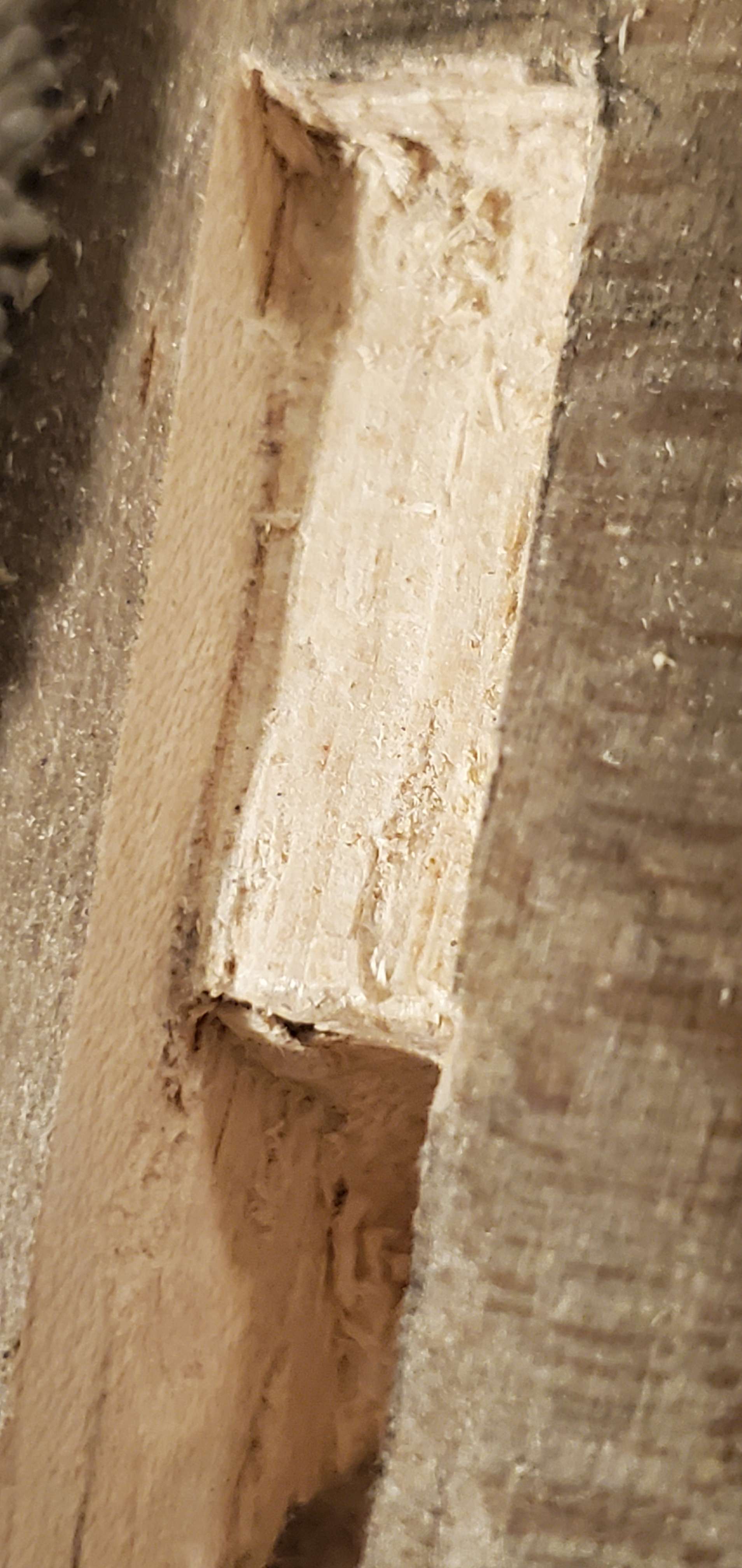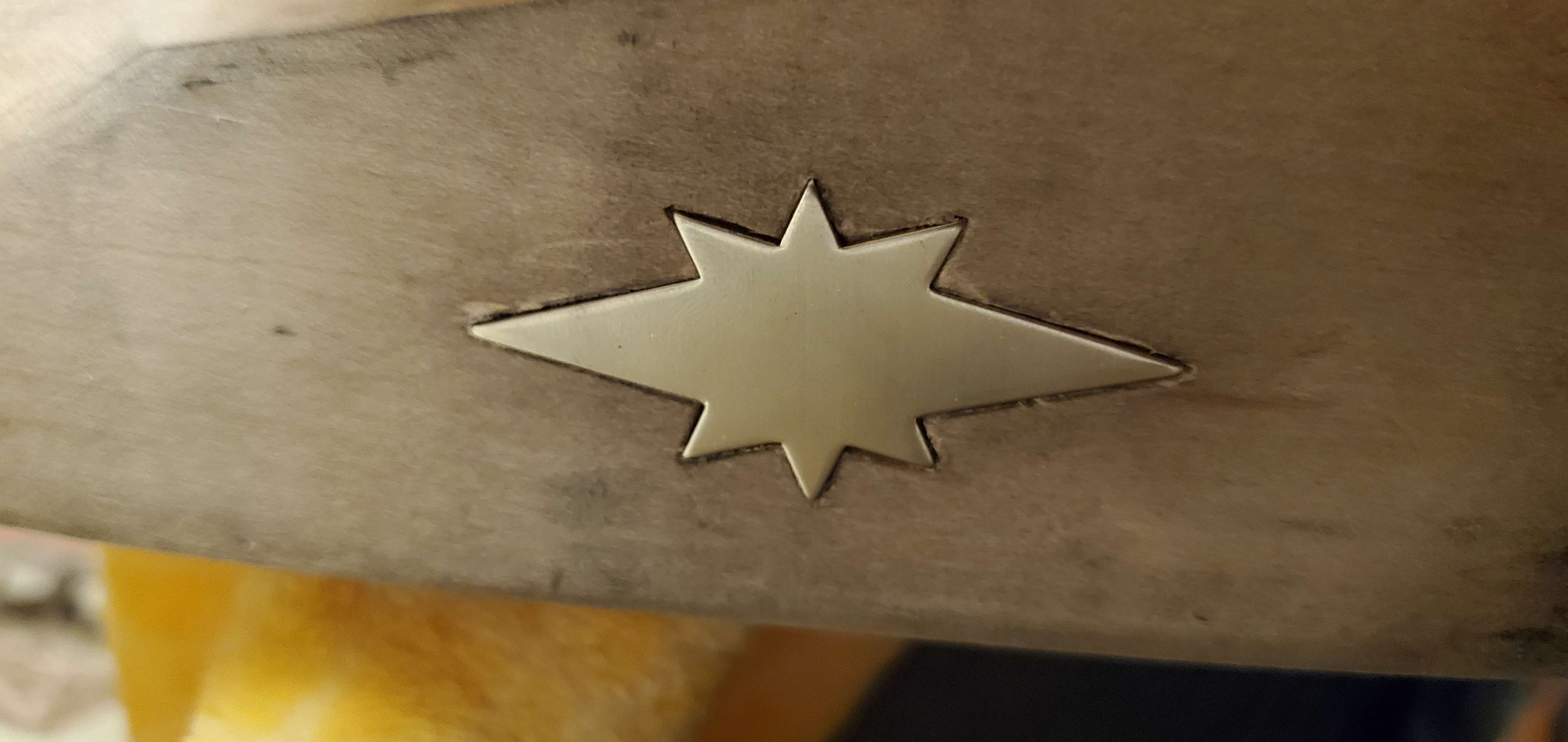- Joined
- Feb 3, 2022
- Messages
- 352
- Reaction score
- 310
Erics advise is sage!
Find a good mentor if you can
Next one will be better
But it might make you feel better to look at some originals inside mortices they often looked worser!
Find a good mentor if you can
Next one will be better
But it might make you feel better to look at some originals inside mortices they often looked worser!















